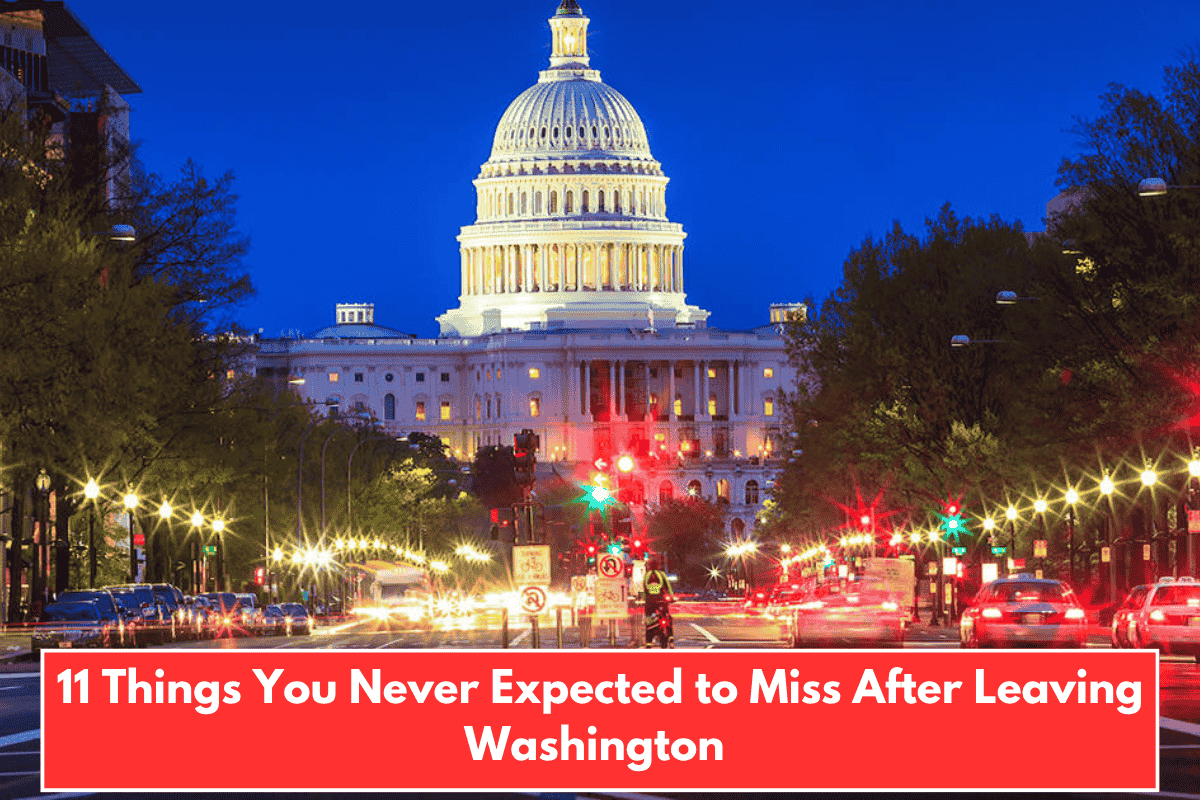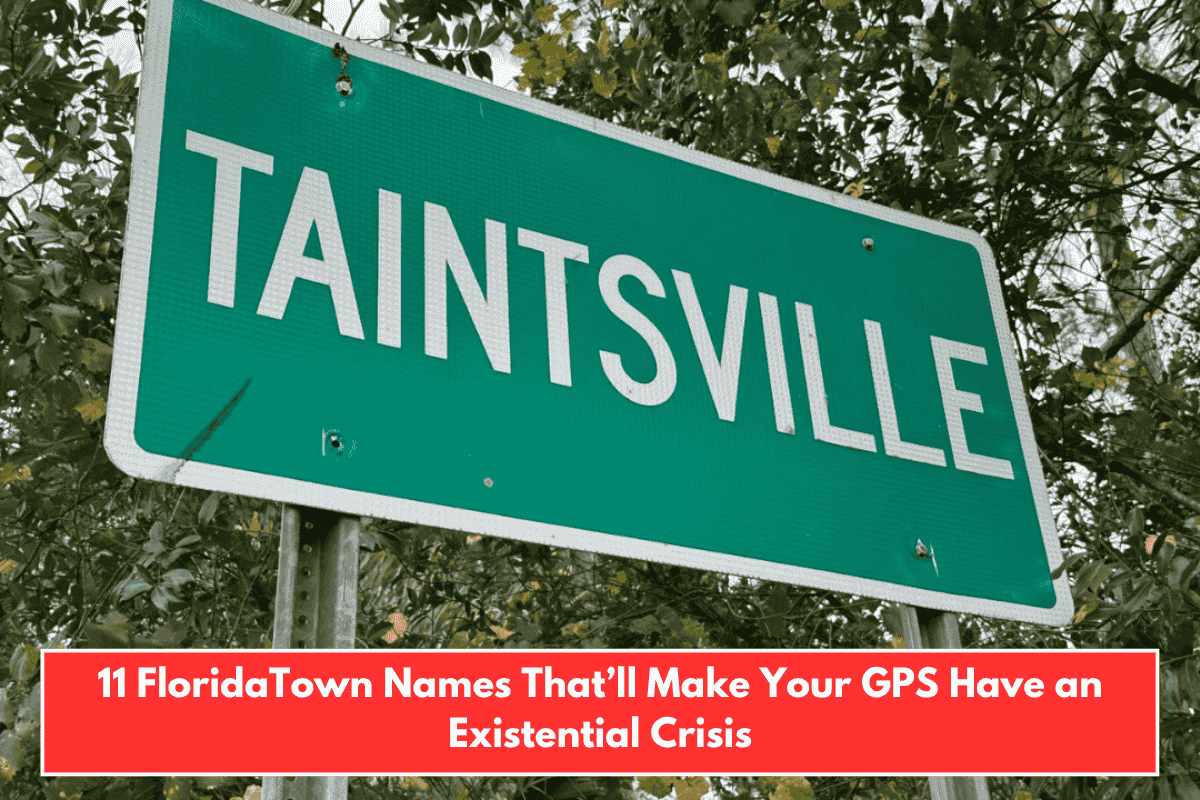Twice a year, most of the United States changes the clock—once in spring to “spring forward” and once in fall to “fall back.” This system is called Daylight Saving Time (DST). But not everyone follows it. Many people are surprised to learn that some U.S. states, like Montana and Arizona, don’t fully support or follow DST like the rest of the country. But why? The reason is actually very simple, and it makes a lot of sense once you hear it.
What Is Daylight Saving Time?
Daylight Saving Time was introduced to save energy and make better use of natural daylight during the evening hours. The idea is that by moving the clock forward in spring, people will use less artificial light in the evenings.
However, DST has also been controversial. Many people say it messes with sleep, routines, and even health. And in states where daylight is already plenty, it often feels unnecessary.
Montana’s Relationship with DST
Although Montana currently observes DST, many residents and lawmakers have pushed to stop it altogether. In fact, Montana has introduced bills in recent years to stay on permanent daylight time or get rid of the clock change entirely.
Why? The main reason is simple: Montana already gets a lot of daylight—especially in the summer. Sunrise can happen as early as 5 a.m., and the sun may stay up until 10 p.m. That means adjusting the clock doesn’t add much value. For people living in rural areas, farmers especially, this clock change feels more like a burden than a benefit.
Which State Doesn’t Follow DST at All?
Unlike Montana, Arizona does not observe Daylight Saving Time at all. The state decided back in 1968 to stay on standard time year-round.
The reason? Again, it’s simple: Arizona gets too hot. The last thing people want is an extra hour of sunshine in the evening. By not doing DST, Arizona avoids hotter afternoons and helps residents stay cooler.
How About Hawaii?
Hawaii is the other U.S. state that doesn’t follow DST. Because it’s so close to the equator, the length of the day doesn’t change much throughout the year. So DST has no real effect there either.
So Why Doesn’t Everyone Just Quit DST?
The main reason is that DST is controlled by federal law. States can stay on standard time year-round if they want (like Arizona and Hawaii), but they cannot switch to permanent daylight time without approval from Congress. That’s why Montana, though interested, still hasn’t officially made the change.
The Future of DST in Montana
Montana lawmakers have passed several bills supporting an end to DST, but they’re waiting on federal permission. If allowed, Montana would likely stay on daylight time all year. Many residents say it would simplify life, especially in a state with long summer days and cold winters.
The reason Montana wants to ditch Daylight Saving Time is actually very simple: they already get enough daylight, and changing the clock feels more confusing than helpful. Arizona and Hawaii have already said goodbye to the time switch, and Montana may be next. While the law hasn’t changed yet, the people have made it clear—they’d rather keep things simple and stop changing the clock.
SOURCES
[1] https://www.montanarightnow.com/help_me_ben/help-me-ben-does-montana-still-participate-in-daylight-savings-time/article_ced7ca04-bea5-11ed-81ea-7f40d37d315c.html
[2] https://www.krtv.com/news/daylight-saving-time-begins-this-weekend
[3] https://xlcountry.com/daylight-saving-time/
[4] https://time.com/4671665/montana-daylight-saving-time/
[5] https://925kaar.com/spring-forward-daylight-saving-time-montana-2025/














